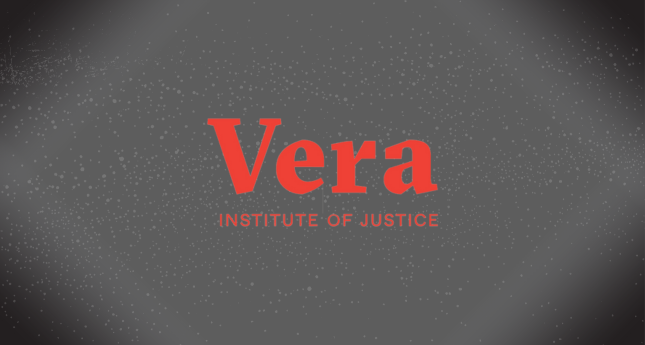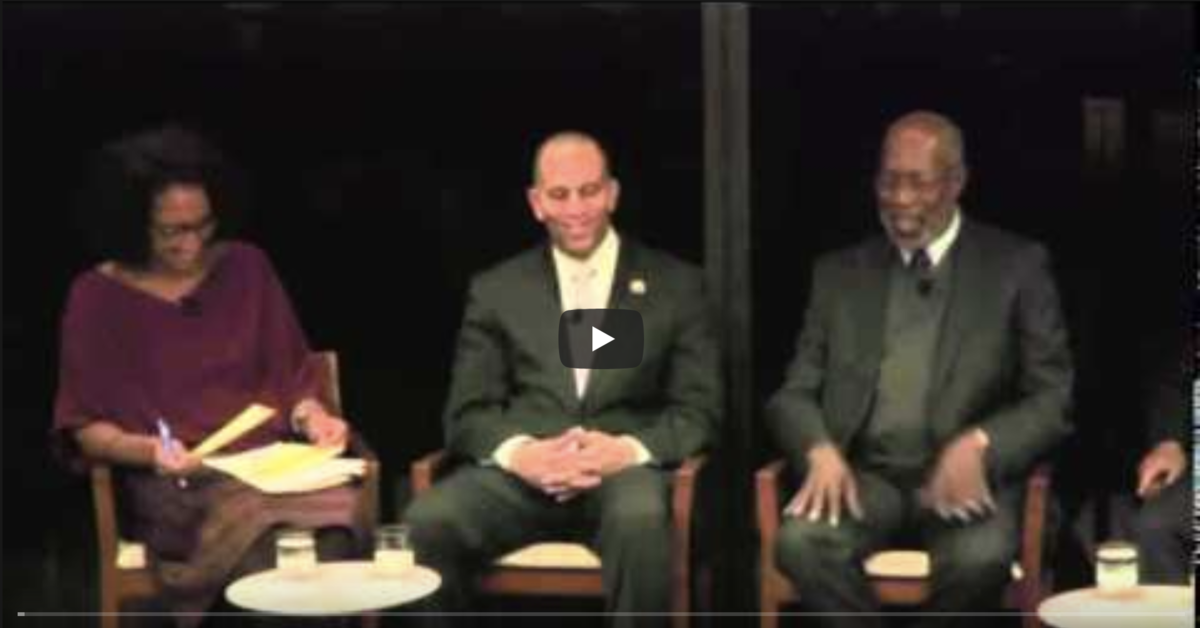The Forgotten Victims Of Violence

The Crime Report
The grand jury decisions regarding the deaths of Michael Brown and Eric Garner have awakened an essential national conversation about long-standing inequities in our legal system and the role of law enforcement in communities of color in particular.
Missing from this conversation, however, is an issue that is immensely relevant both to how we understand what has happened and how we can move forward: the treatment of young men of color who survive violence.
As the director of Common Justice, a Vera Institute of Justice demonstration project that is, in part, a victim service program that works primarily with men of color, I have been haunted by the question: what would we, as a society, have done for Trayvon Martin, for Michael Brown, for Akai Gurley, for Eric Garner—for all the other men whose deaths have finally captured our national attention—if they had survived?
What would we have offered if they had been injured but not dead, traumatized but still breathing? I am challenged, pained and outraged by what I have learned despite painstaking efforts to find evidence to the contrary.
In all likelihood, we would not have done much.
Our new issue brief, Young Men of Color and the Other Side of Harm: Addressing Disparities in our Response to Violence, explores this issue in greater depth and aims to help foster efforts—both local and nationwide—to provide young men of color with the support and services they need and deserve.
Central to the brief's argument is the idea that issues of racial equity in the criminal justice system not only concern defendants, but victims too. This means we must express equal concern—and respond with equal vigor—in addressing the racial inequities faced by young men of color when they are victims of crime, many of whom experience the same implicit bias and confront the same barriers that drive inequities on the defendant side.
Research cited in the brief indicates that young men of color who have been victims of crime and violence often do not get the help they need. For more than 30 years, the victim services field has developed a critical system of support for victims of crime, including financial assistance, legal services, advocacy for victims' rights, and more. Yet few services exist to address young men of color's specific culture, experiences and needs—or the crimes they are likely to experience, such as robbery and stranger assault.
As a result, young men of color are less likely to seek and receive support, are more likely to live with unaddressed symptoms of trauma, and are less likely to recover—which can have significant implications for a wide array of domains, including:
- Health: Exposure to trauma can significantly increase an individual's chances of developing a variety of diseases and post-traumatic stress.
- Education: Responses to traumatic experiences like surviving a violent crime—flashbacks triggered by sounds or smells, trouble sleeping, a sense of danger even in safe spaces, panic attacks—can interrupt a student's education, contribute to disciplinary concerns, and diminish the chance of academic achievement.
- Employment: Traumatic experiences can affect an individual's ability to function effectively or do their best at work, and obtain and retain a job.
- Safety: Research cited in the brief shows that some people who are victimized and do not sufficiently recover from the experience are more likely to commit violence themselves.
- Cost: Each of these factors carry not only a human cost, but also a financial one. Without effective services and support, these costs impact social service systems such as law enforcement, hospitals and public aid.
The brief also identifies significant barriers that prevent young men of color from accessing victim services. These include social norms that make it less likely that young men will identify themselves as “victims” or be seen as such in our culture, distrust of the justice system in many communities of color based on prior negative experiences with the criminal justice system, a lack of public and private resources to develop effective services—as well as emerging efforts dedicated to this issue.
Common Justice is contributing to those efforts in part by developing a learning collaborative for people and organizations working with young men of color who have been harmed by violence.
The collaborative will include traditional victim service programs, youth programs and others that will identify challenges, share practices and strategies, and develop relationships to support this work. The collaborative's goal is to develop strategies and responses to address this issue, and to build a field that advances equity, dignity, and healing from harm.
National in scope, the learning collaborative network will be primarily web-based, but Common Justice is committed to creating other opportunities for people to gather in person to share strategies and build the work.
The website and other forums will help foster a field dedicated to supporting young men of color harmed by crime that becomes more informed, nimble, coherent and recognized. It will create a broad network of members whose agencies are able to share, improve and implement promising practices as they emerge, and help foster a national landscape in which young men of color harmed by crime are better engaged and receive more effective services to address the trauma and harm they experience.
We hope the urgency of this moment extends to include care not only for those we mourn, but for those who are still with us.


